4 weeks to digitize a fitness club

We launched our FitTech startup - a physical fitness club with 20-minute workouts. As a technology-driven company, we've begun digitizing our processes, the customer journey, and data collection as our primary focus.
Customer Journey
We've dissected every possible scenario a customer might encounter and devised strategies to handle each. One version of this flow is outlined below.

Subsequently, we've started guiding customers through this flow, identifying elements that consume more time to automate them. For instance, following the submission of an inquiry, whether through a lead form on Facebook or the website, the following occurs:
- An automated email is sent to the client containing detailed information about the training process.
- Trainers receive an email prompting them to get in touch with the client.
- Smart sheets are updated with entries, allowing us to track activity and metrics (such as when the client reached out, when trainers contacted them, and when they signed up for a training session).

Additionally, we track where the client originates from (Facebook ads, Instagram, Google, direct search, or personal invitations—yes, we even recognize personal invites). If a person comes via an ad, we see the ad's name they clicked on and the creator behind it. As we collaborate with multiple marketers, this enables us to evaluate each marketer's effectiveness effortlessly.
Furthermore, details about the ad through which the client arrived provide us with a comprehensive understanding of the information the user received. On a few occasions, clients mentioned seeing a "free training session" in an ad, allowing us to promptly identify the ad and refine the wording.
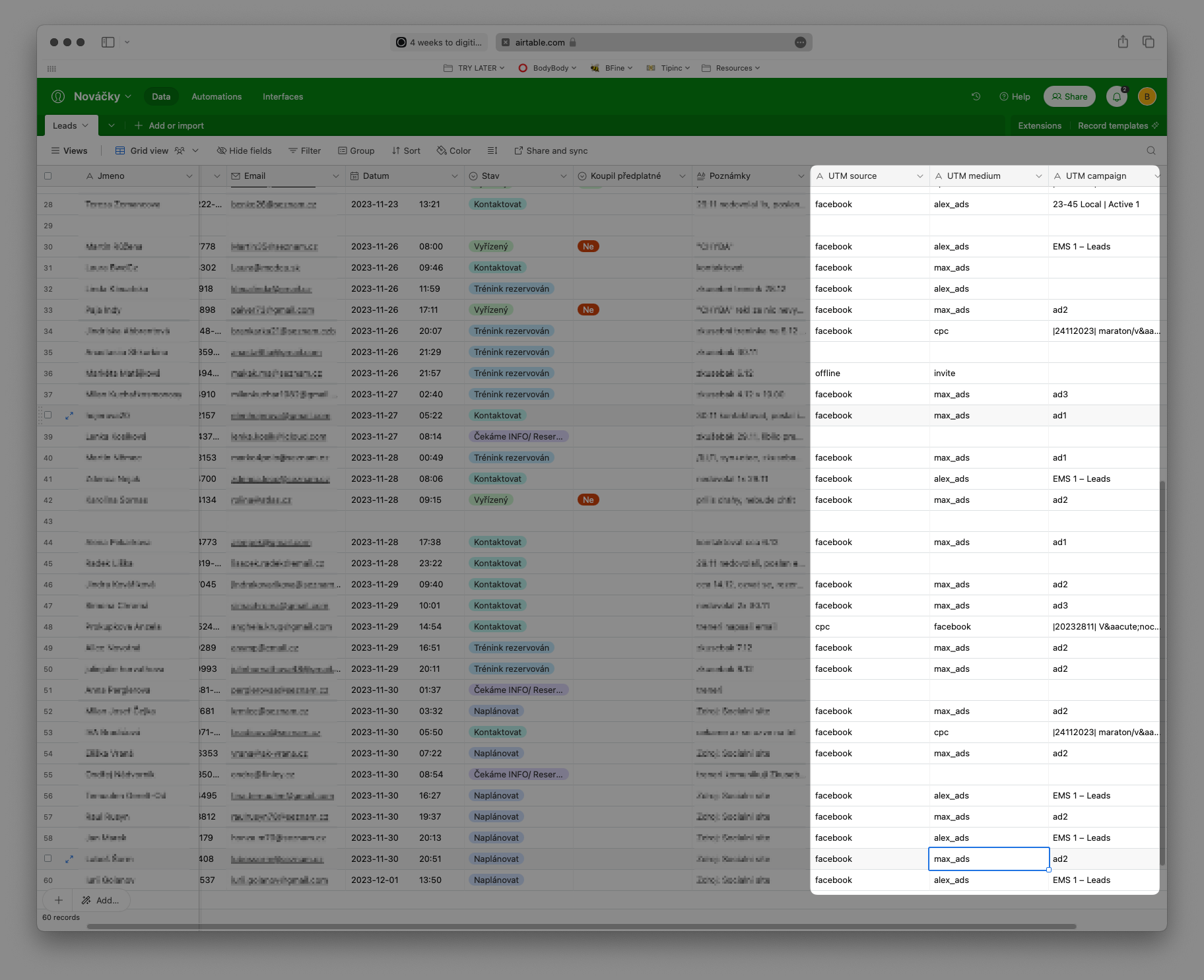
This is just a small part of the automation and digitization of processes that allows us to assess the state of new client acquisition at the lead level, rather than mere figures in a monthly report. We aim to process an increasing amount of information to improve and predict our business trajectory.
Relieving Coaches' Workload
Unlike other fitness clubs, we offer a nutritional meal plan as part of the membership. Any of our clients with a subscription of more than 4 workouts can receive this meal plan for free.
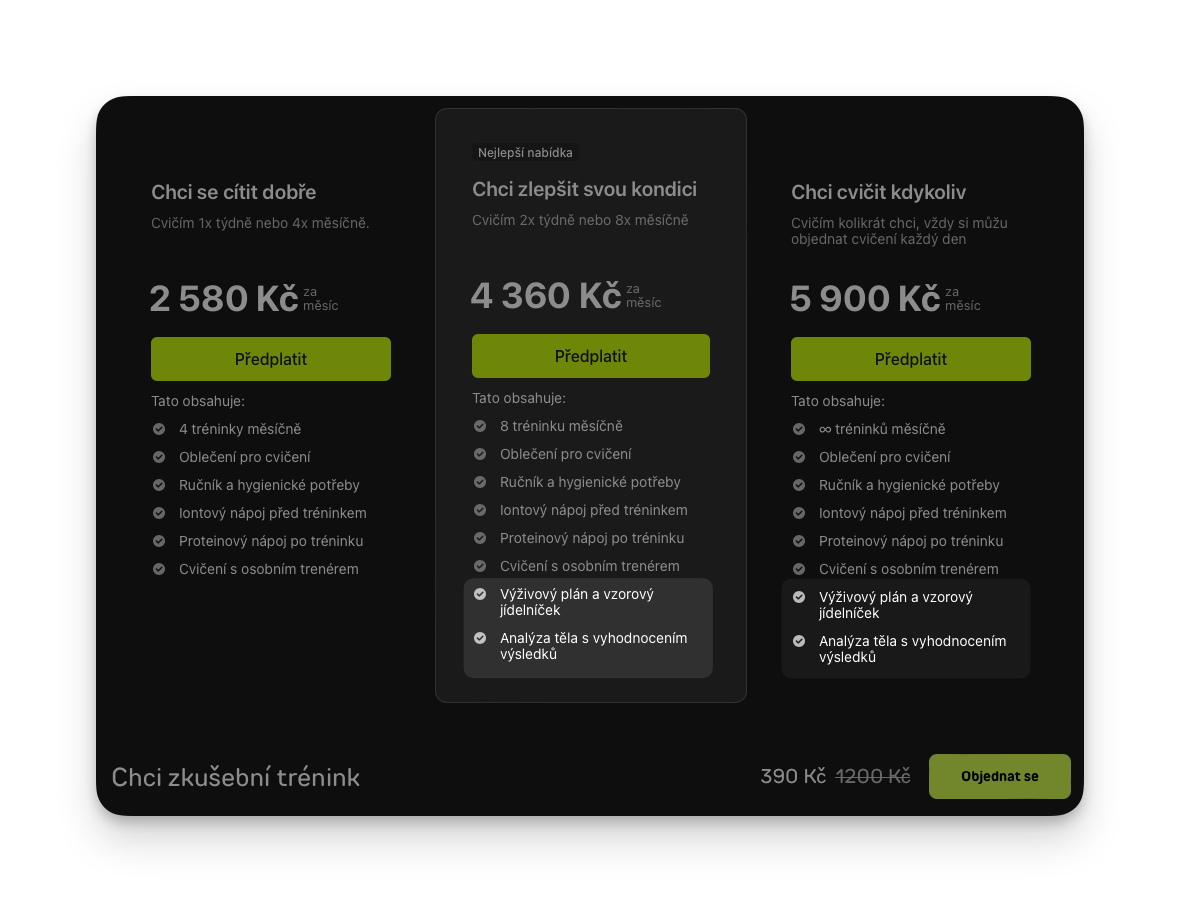
To make this possible, we sent one of our trainers for nutritional training. Subsequently, we trained an AI model to work with client questionnaire data and create meal plans. As a result, it takes less than 5 minutes to generate a meal plan. Our AI develops and outlines the plan in a clear and convenient format. Then, a trainer with the appropriate certification and education reviews and adjusts the plan before sending it to the client.

We've even introduced a feature where the client selects their favorite foods, and the AI generates a plan based on their taste preferences.
Additionally, we've developed our own quiz that, based on user responses, creates a skeletal workout plan and selects an appropriate training program.
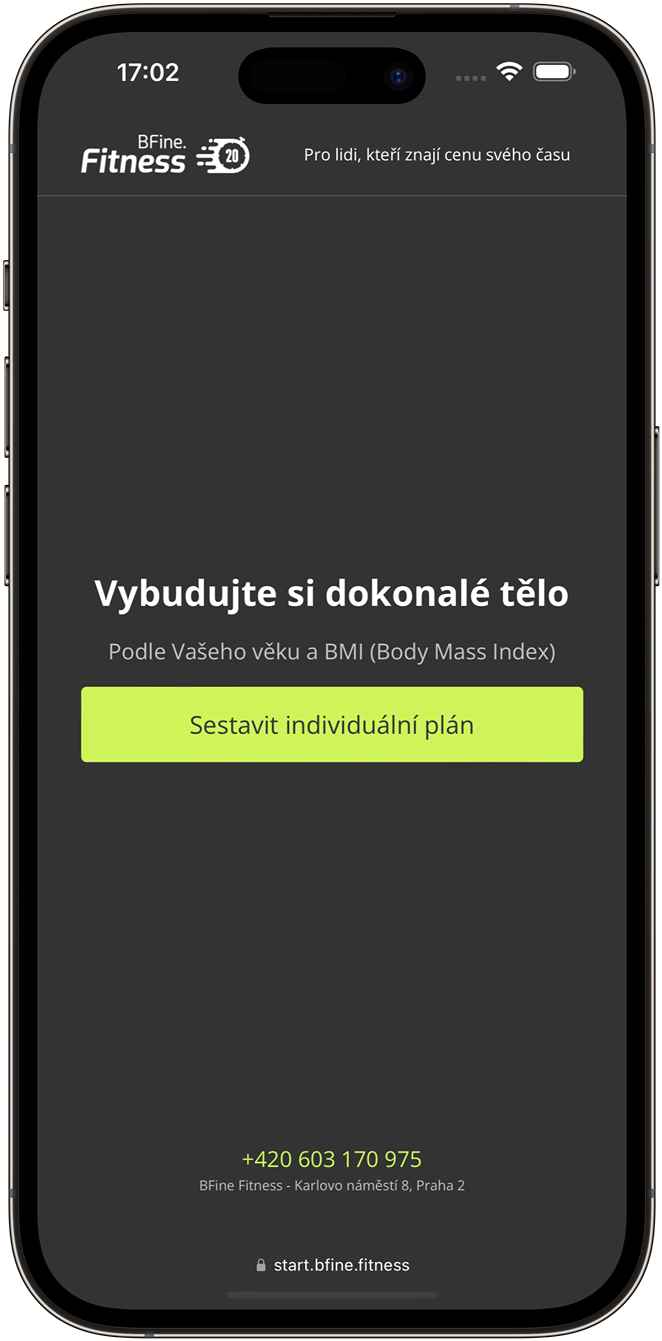
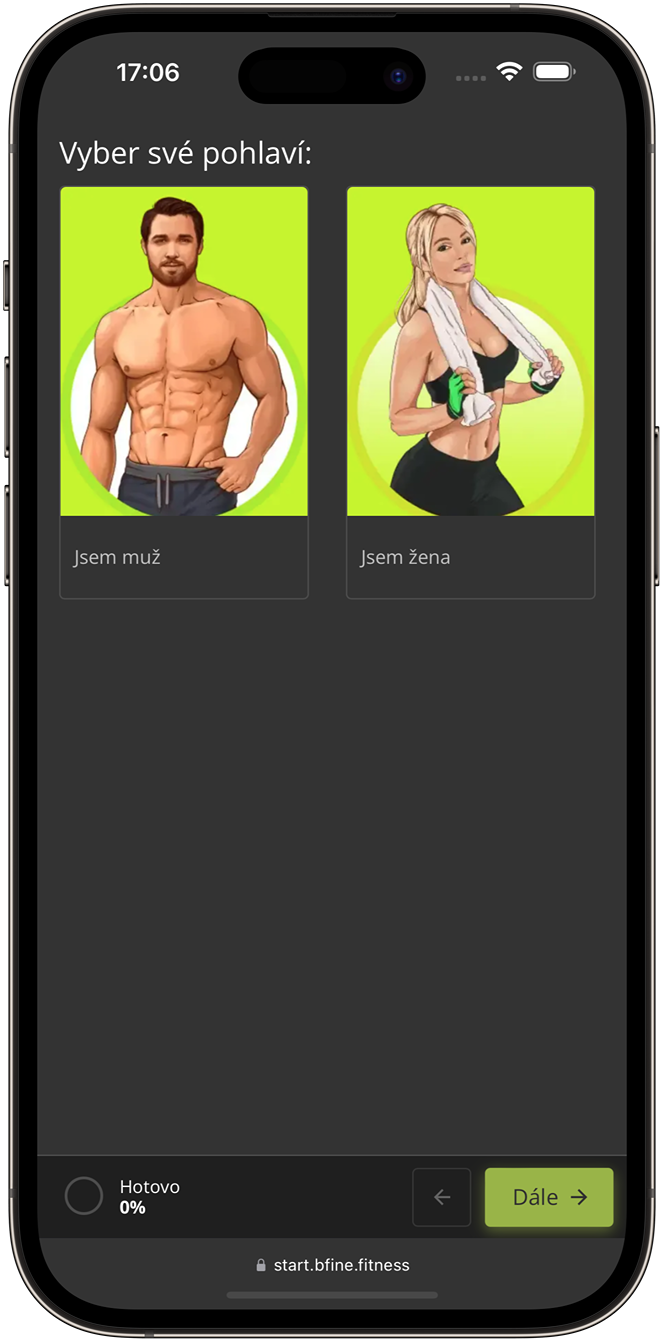
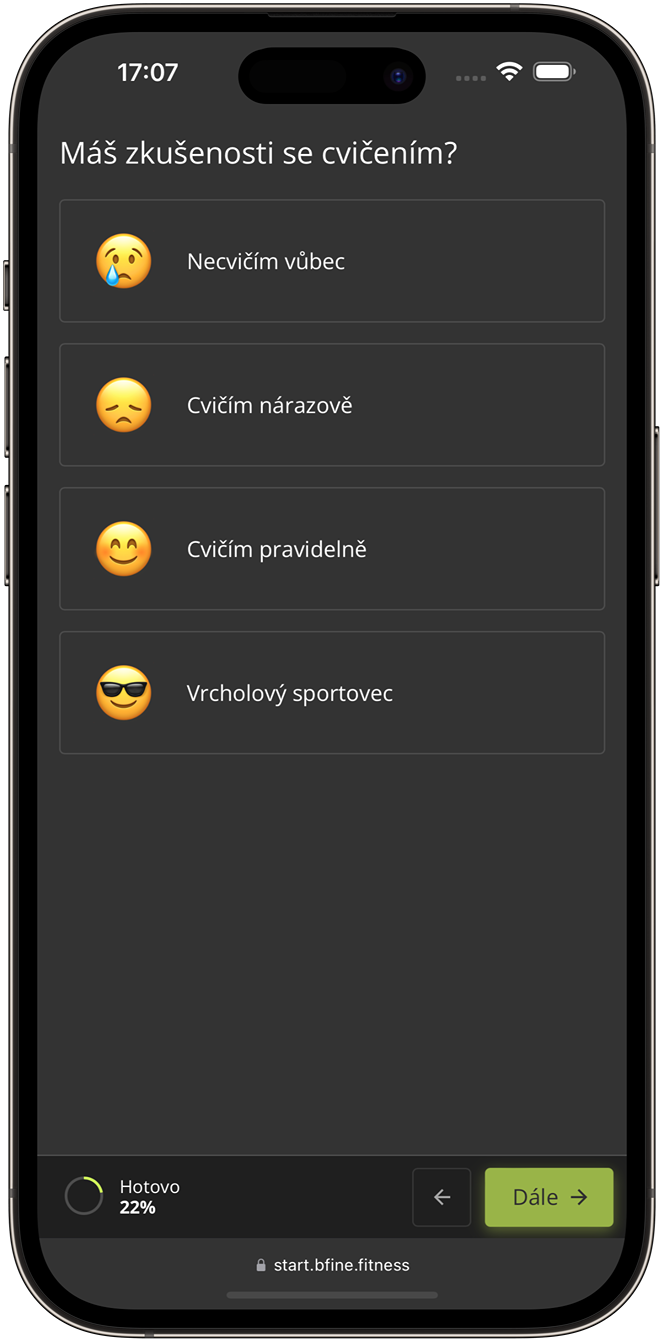
If it took 20 minutes to create a workout plan and up to 40 minutes for a meal plan, this automation saves us approximately 1 hour per client per month. Consider the number of gym clients, multiply it by your trainer's hourly rate, and you'll see how AI implementation benefits your business.
The Result
As a result, many of our processes are digitized:
- Subscriptions automatically renew, payments are processed -> Reduced customer return time.
- Clients receive workout reminders, appointment confirmation emails -> Increased client engagement, decreased late cancellations.
- Meal plans are auto-generated, then verified by trainers -> Enhanced trainer capacity.
And so on. I've only mentioned a few of the automation methods we employ. In reality, there are many more digitized processes. Thanks to this automation, our gym's occupancy has increased by nearly 2 times in the last month.

